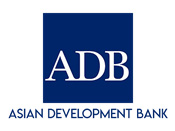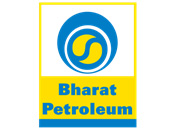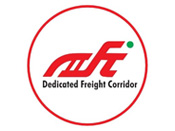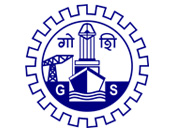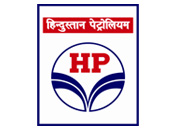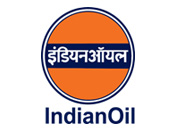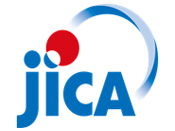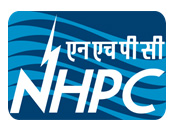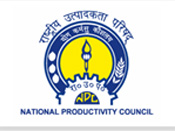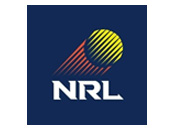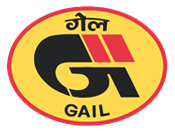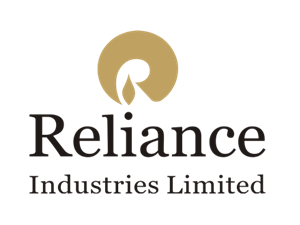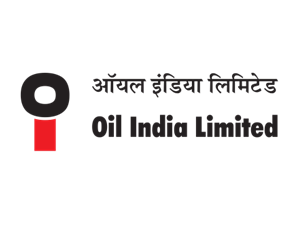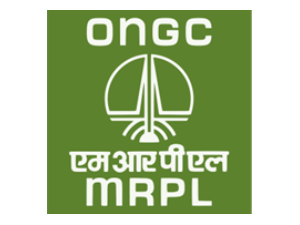Healthy buildings
- Home
- Healthy buildings
Our Process
Healthy buildings
The primary purpose of buildings and the broader built environment is to address the social needs of the individuals who engage with and inhabit these spaces. Whether it be for living, learning, healing, working, or other activities, the overarching goal is to enhance the well-being of people throughout the life cycle of a structure. Well-being serves as the common thread across diverse building types, contributing to happiness, productivity, and the realization of human potential.
Given that a significant portion of our time is spent indoors, the quality of air and the internal environment significantly impact health and well-being. Consequently, buildings that demonstrate enhanced performance in these aspects are increasingly valued, not only commercially but also in social and environmental contexts.
Global building regulation authorities are diligently working to improve airtightness and energy efficiency, but these efforts have unintentionally led to increased accumulation of harmful chemical compounds within urban spaces. Heightened awareness of poor air quality in global urban centres has prompted occupiers, developers, and construction professionals to advocate for healthier indoor environments. ETS, a leader in materials consultancy, leverages its extensive knowledge of construction products’ health effects, gained from working on major global projects. The company integrates this expertise with its proficiency in building services and environmental engineering, positioning itself as a consultancy with well-being as a core focus.
Healthy buildings
the certification of building products
ETS frequently undertakes the certification of building products to ensure occupant safety and well-being. The company collaborates closely with manufacturers, fostering trust and achieving transparency regarding the ingredients used in construction products.
At the forefront of hydraulic, sediment, and water quality modelling, we leverage our extensive experience to develop powerful in-house mathematical models. These models simulate unsteady flow and water quality parameters in various aquatic environments, including rivers, lakes, and estuarine systems. Additionally, we employ a range of commercially available modelling software tailored to meet the specific needs of our diverse clientele.
Our key expertise in healthy buildings includes:
- Healthy material specification
- Healthy building requirements integration into design and procurement management and verification
- Global ecolabels and emission standards
- LEEDv4 material ingredient optimisation
- Living Building Challenge
- Noise and vibration and acoustics
- Circadian lighting
- Landscape design
- Human factors
